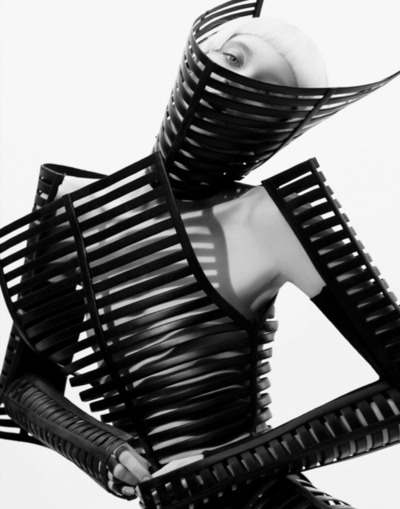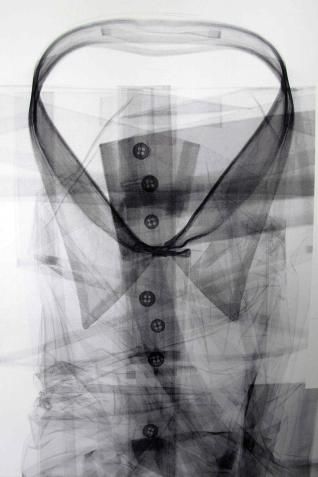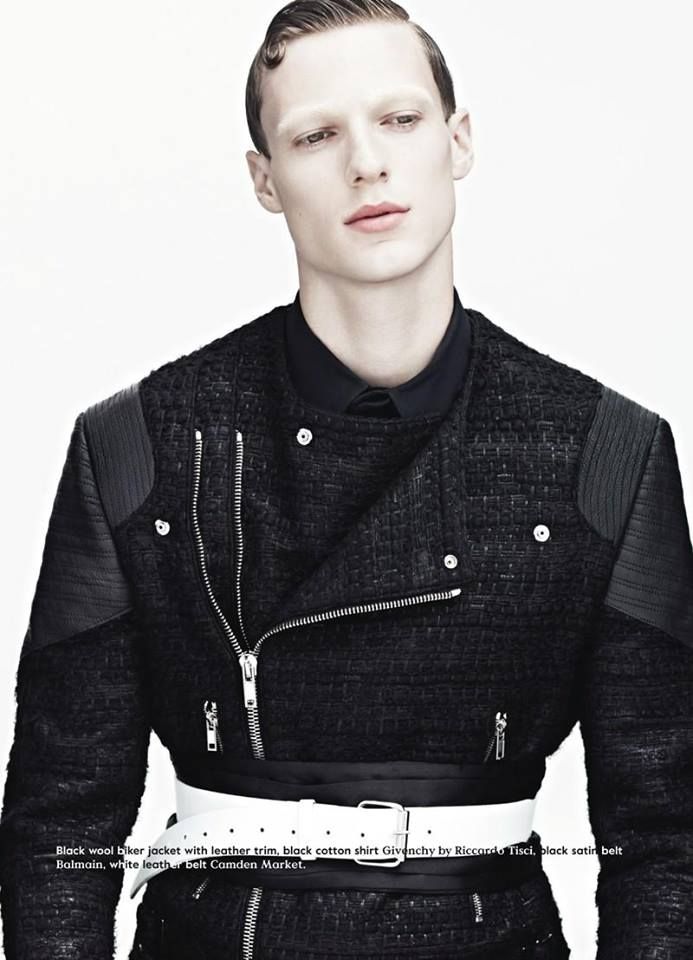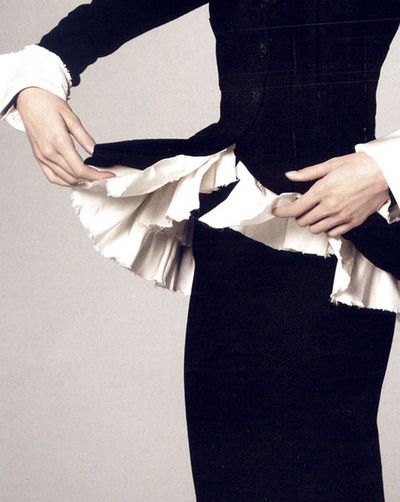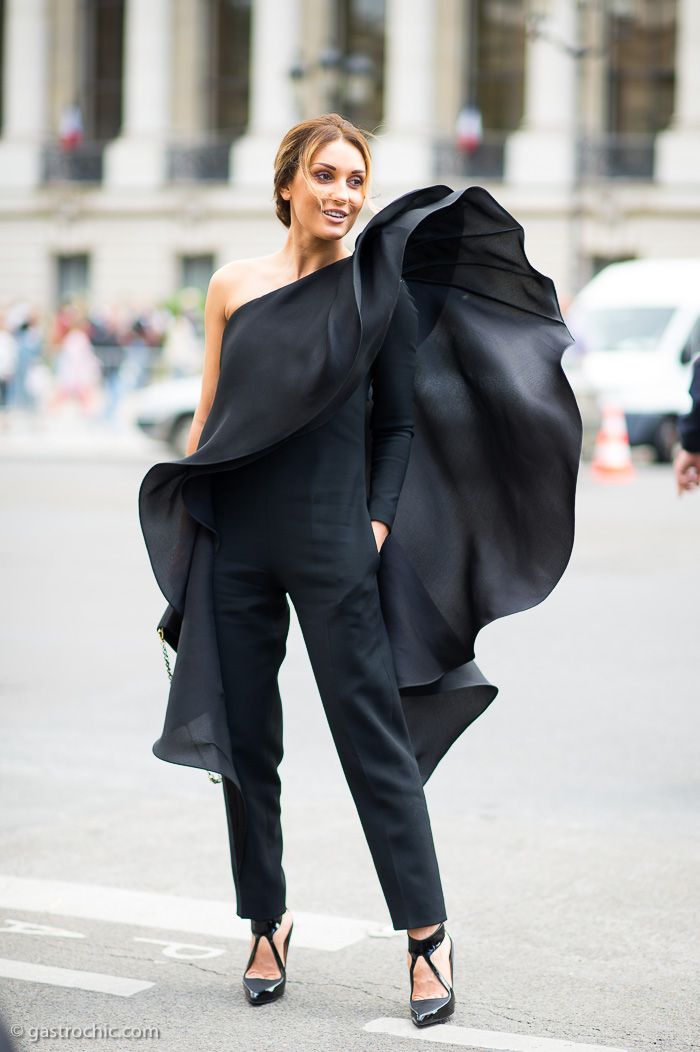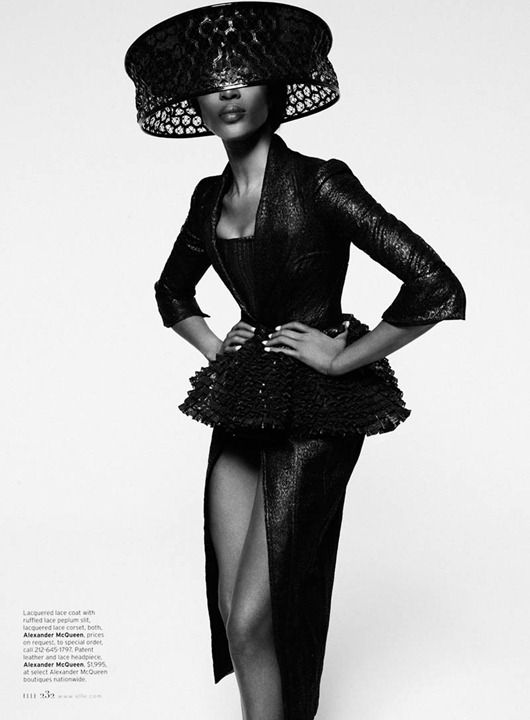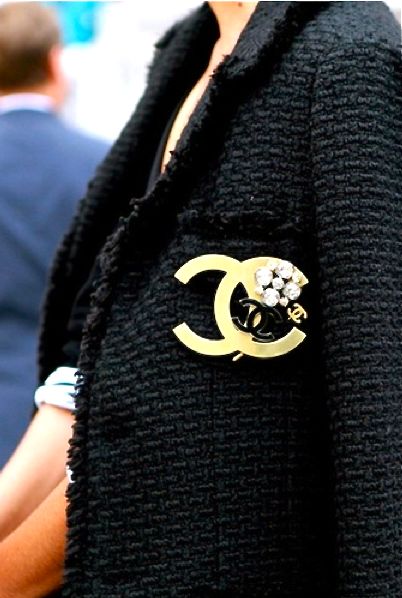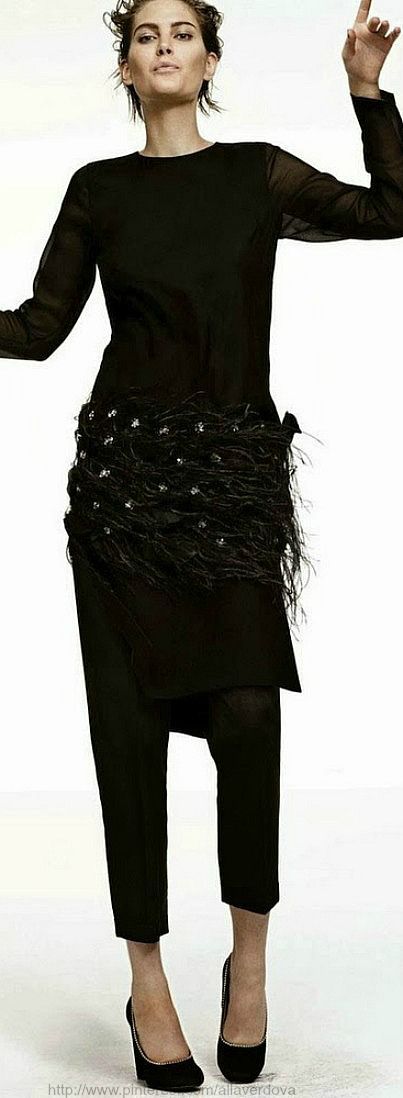#AllBlackEverything
A Brief History on BLACK: in Fashion
‘Today’s formal black evening attire is a direct descendant of the princely black of the Renaissance.’’ - Valerie Steele
1. The earliest documented use of black as a colour of mourning was in 1419 when Philip the Good, Duke of Burgundy began wearing it after the murder of his father by the French. He continued to wear black and it is believed that this was to symbolize power and virtue. While other members of the court continued to wore brightly coloured clothing - he appeared serious and regal in his luxe velvet robes.
Burgundy became a leading centre for the arts, and soon other countries followed the trend.
During it’s height as the fashionable colour Black was accessible only to the wealthy thus increasing its desirability. Black dyes were costly and materials like velvet were also very expensive. Pale skin was in fashion at the time and black fabric added to this dramatic contrast.
2. Madame X
The infamous painting by John Singer Sargent caused much scandal when it was unveiled. The portrait of Madame Gautreau in her deep V dress was deemed too sexually aggressive. At the time the world was not ready for the traditional colour of mourning to be sexualized.
3. The 1900s
During this time, men wore dark suits in the English style and it became the quintessential colour for men. Men wanted to appear both serious and successful in wake of rising capitalism and democracy. Black came to symbolize work ethic. While men were seen as successful wearing black suits- women wearing black were seen as drab and working class. This idea continued into the early twenties before Coco Chanel revolutionised the fashion industry with her reincarnation of the black jersey dress.
4. the LBD
1961'S Breakfast at Tiffanys featured Audrey Hepburn in Givenchy yearning for a more luxurious life. In 2006, this dress would fetch $923,187 at Christie's auction. The highest price ever paid for a film costume.
5. Black cements its status thanks to Donna Karan.
When Donna Karan first built her brand - she did so on the concept of " 7 easy pieces". From Bodysuits to wrap dresses all in neutral tones. It became the foundation for the working woman's wardrobe.
6. The Avant Garde We have designers like Rei Kawakubo, Yohji Yamamoto and Ann Demeulemeester to thank for Black's prevelance in the avant-garde scene. They believe you can focus more on the silhouette and fabrication when viewing a garment in it's simplest form black. Without colour, pattern or embellishment you have to rely solely on the steadfast principles of design and innovation.
When Comme Des Garcons designer Rei Kawakubo was asked why she favors black, she replied "I see enough colors in life.''
Some of my fave all black pieces below.



